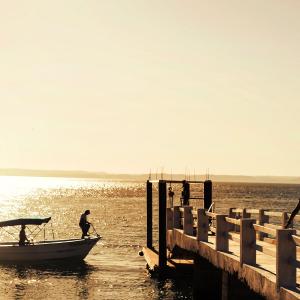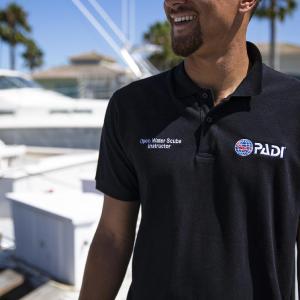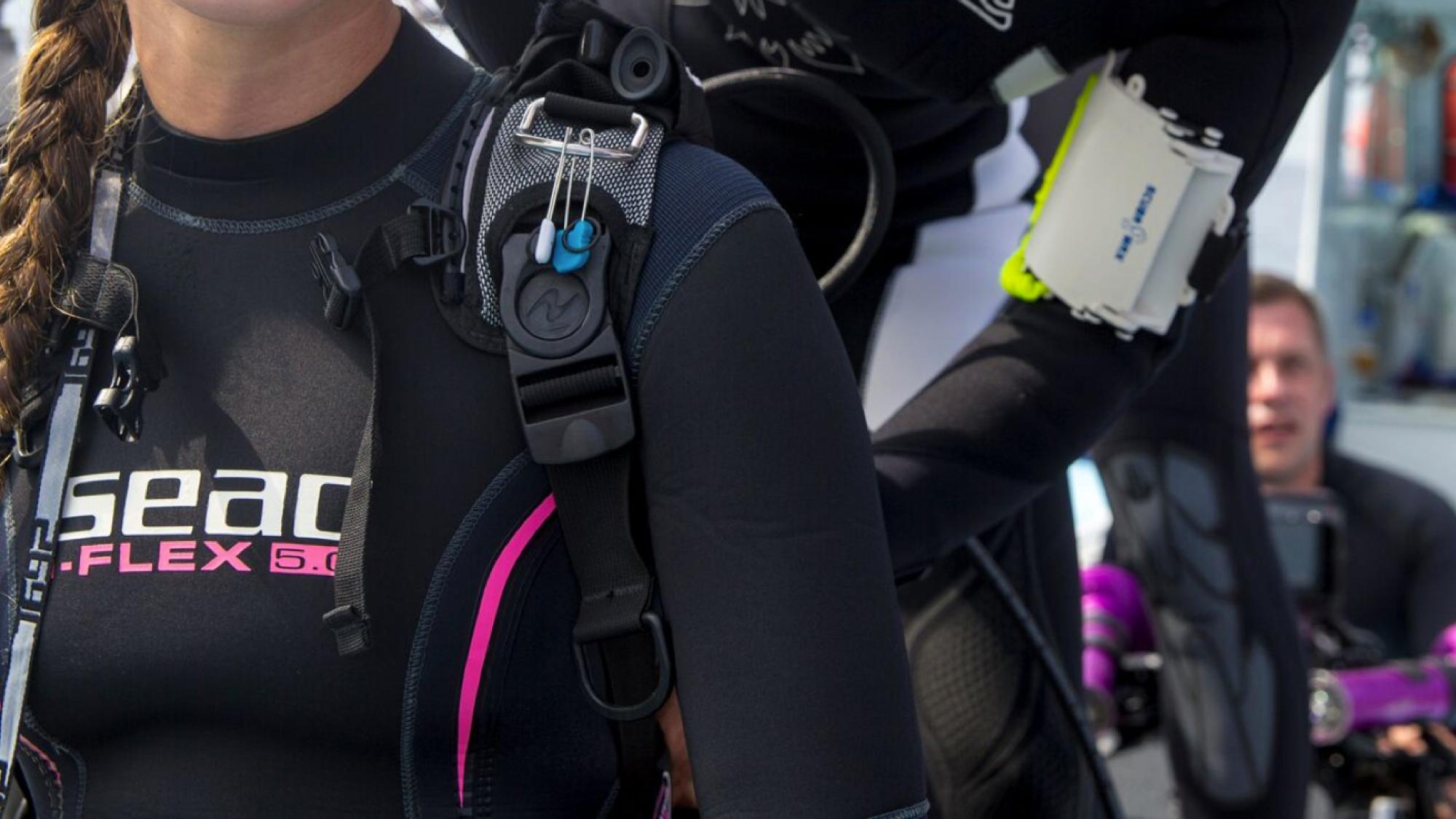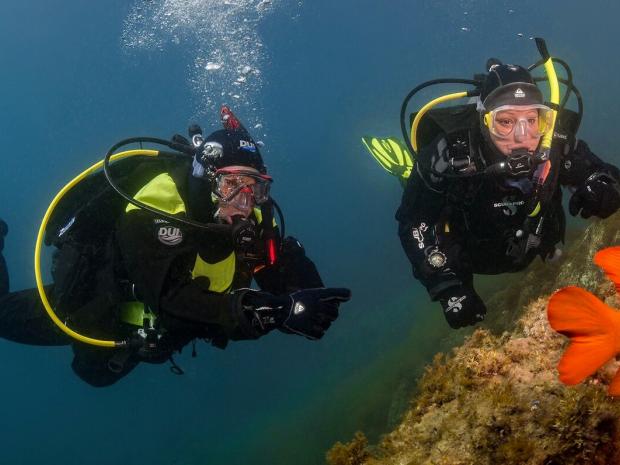Descrição
É chamado de proteção contra exposição porque, ao mergulhar, você não fica exposto apenas à capacidade de resfriamento da água, mas também a coisas que podem arranhar, cortar ou arder. Como as temperaturas da água variam de muito quentes perto do equador a extremamente frias em algumas áreas, existem três estilos básicos de proteção contra exposição: roupa de mergulho úmida, roupa seca e roupa de proteção corporal. Leia a Revista Scuba Diving Magazine para obter todas as informações que você precisa saber sobre os melhores equipamentos de mergulho, tudo em um só lugar, incluindo guias do comprador, revisões frente a frente e guias de instruções.
As roupas de mergulho úmidas recebem esse nome porque você ainda se molha enquanto as usa. Seu corpo aquece rapidamente a fina camada de água que entra e você fica isolado da água mais fria ao redor pelo material da roupa de mergulho. Você escolhe o estilo e a espessura da sua roupa de mergulho com base na temperatura da água onde você vai mergulhar.
Standard Features
- As roupas de mergulho são feitas de neoprene de célula fechada com bolhas grandes e uniformes que proporcionam boas qualidades de isolamento. O neoprene geralmente é revestido ou forrado com tecido ou spray para adicionar resistência e cor, além de facilitar o deslizamento. O neoprene puro na parte interna não desliza tão facilmente, mas minimiza a circulação de água dentro da roupa.
- A espessura da roupa de mergulho é fundamental para o aquecimento. As espessuras começam em 1 milímetro (mm) e progridem até 9 mm, sendo as mais comuns 3 mm (água morna), 5 mm (água temperada) e 7 mm (água fria) ou uma combinação delas.
Estilos de roupa de mergulho úmida
O estilo também é importante para o calor e a versatilidade.
- Shorties são trajes de uma peça que geralmente têm mangas curtas e pernas na altura da coxa ou do joelho e cobrem o tronco com cerca de 3 mm de neoprene.
- Trajes de corpo inteiro cobrem seus braços e pernas. Eles geralmente têm um zíper longo na frente ou atrás. Eles vêm com uma variedade de espessuras para diferentes temperaturas de água.
- Trajes de mergulho de duas peças são populares porque, quando você os usa juntos, obtém o dobro de isolamento. Você também pode usar as peças separadamente, assim você obtém duas roupas em uma.
Optional Features
- Um capuz acoplado evita que a água fria entre pela gola da roupa de mergulho enquanto você nada.
- As vedações nos pulsos e tornozelos minimizam a entrada e a circulação de água dentro da roupa de mergulho.
- Zíperes nos tornozelos e pulsos facilitam a entrada e saída da roupa de mergulho.
- Uma almofada de coluna preenche o canal feito pela sua coluna, o que reduz o fluxo de água. Almofadas lombares ou renais protegem a parte inferior das costas.
- Joelheiras são comuns, mas você também pode obter cotoveleiras. Muitas roupas têm material especial antiabrasão nos ombros e no assento.
- Braços e pernas pré-moldados (joelhos e cotovelos dobrados) aumentam o conforto e evitam que o neoprene precise esticar muito conforme você se movimenta, o que reduz o desgaste.
- Os bolsos são bons para carregar coisas como pranchetas ou chaves. Os bolsos geralmente são colocados nas coxas, panturrilhas ou braços da roupa de mergulho. Algumas roupas também têm bolsos internos para chaves.
How to Choose
- O profissional de mergulho do seu Centro de Mergulho PADI ou Resort perguntará onde você planeja mergulhar mais para determinar qual estilo de roupa de mergulho funcionará melhor para você.
- Encontre o tamanho apropriado e experimente várias roupas.
- Não tenha pressa. Vestir uma roupa de mergulho pela primeira vez pode exigir um pouco de esforço, então faça isso sem pressa. No entanto, se for realmente difícil, talvez você precise de um tamanho maior.
- Avalie o ajuste. A roupa de mergulho deve ser justa, mas não apertada demais. Não deve haver grandes lacunas em lugar nenhum.
- Restrinja sua escolha por ajuste e conforto. Depois, tome a decisão final com base no estilo, cor, recursos opcionais e preferência pessoal. Uma roupa de mergulho é um investimento que deve durar vários anos, então escolha com sabedoria.
- Se você não encontrar uma roupa de mergulho que sirva bem, é possível encomendar uma personalizada, medida e feita especialmente para você. Pergunte à equipe da sua loja de mergulho PADI sobre roupas personalizadas.
Maintenance
Você precisa enxaguar, secar e guardar cuidadosamente sua roupa de mergulho após o mergulho. Ocasionalmente, pode ser necessário uma boa lavagem e há sabões especiais para roupas de mergulho disponíveis para essa tarefa. Guarde sua roupa de mergulho em um cabide largo de plástico ou madeira para evitar vincos nos ombros. Se precisar dobrá-lo, faça-o com cuidado, com o zíper para cima, ou conforme as instruções do fabricante.





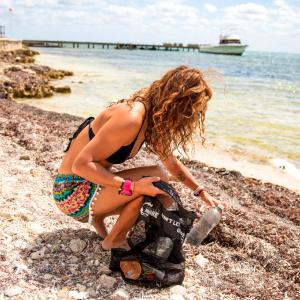

 Detritos Marinhos
Detritos Marinhos
 Proteção Contra Tubarões e Raias
Proteção Contra Tubarões e Raias
 Adote o Azul
Adote o Azul







